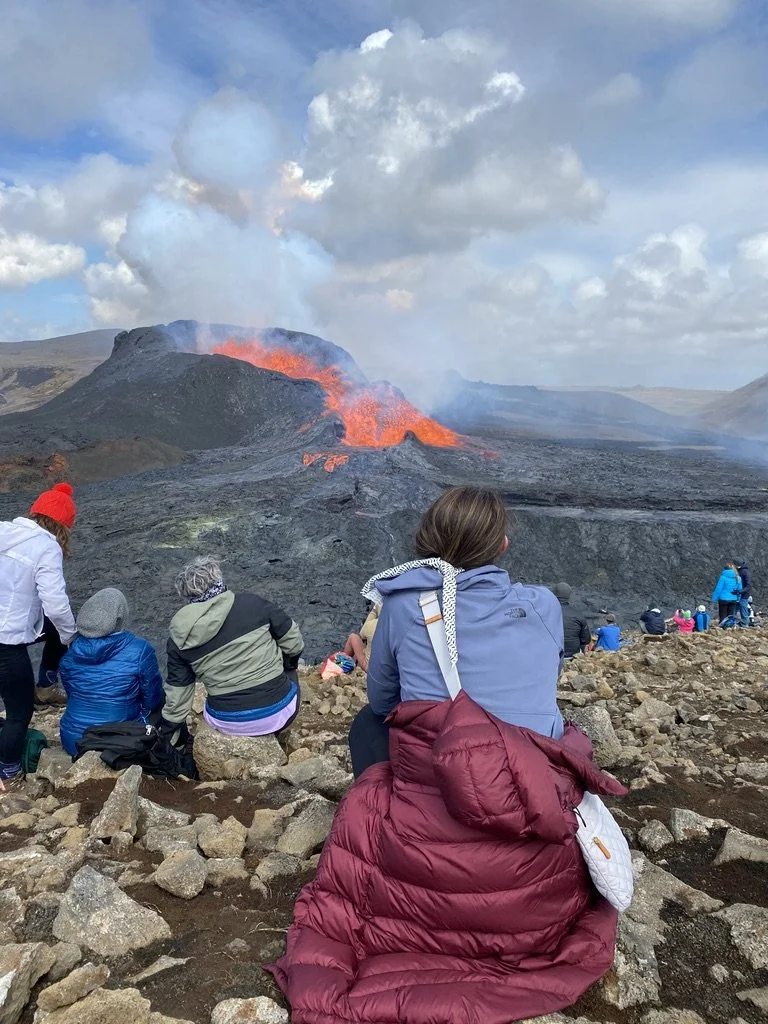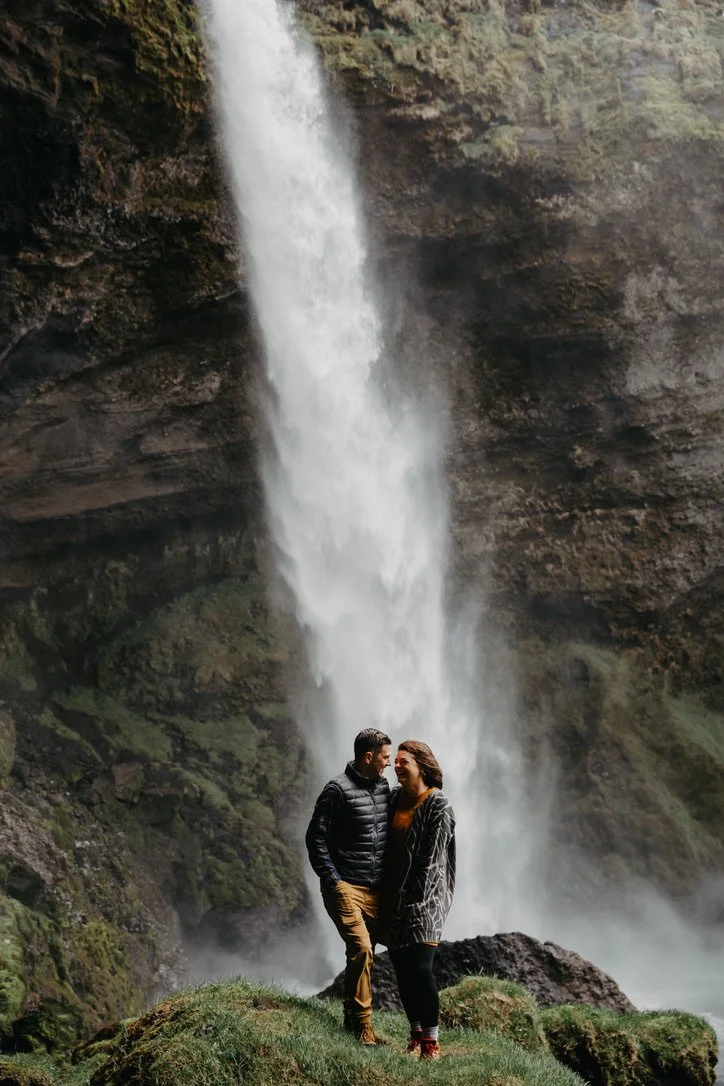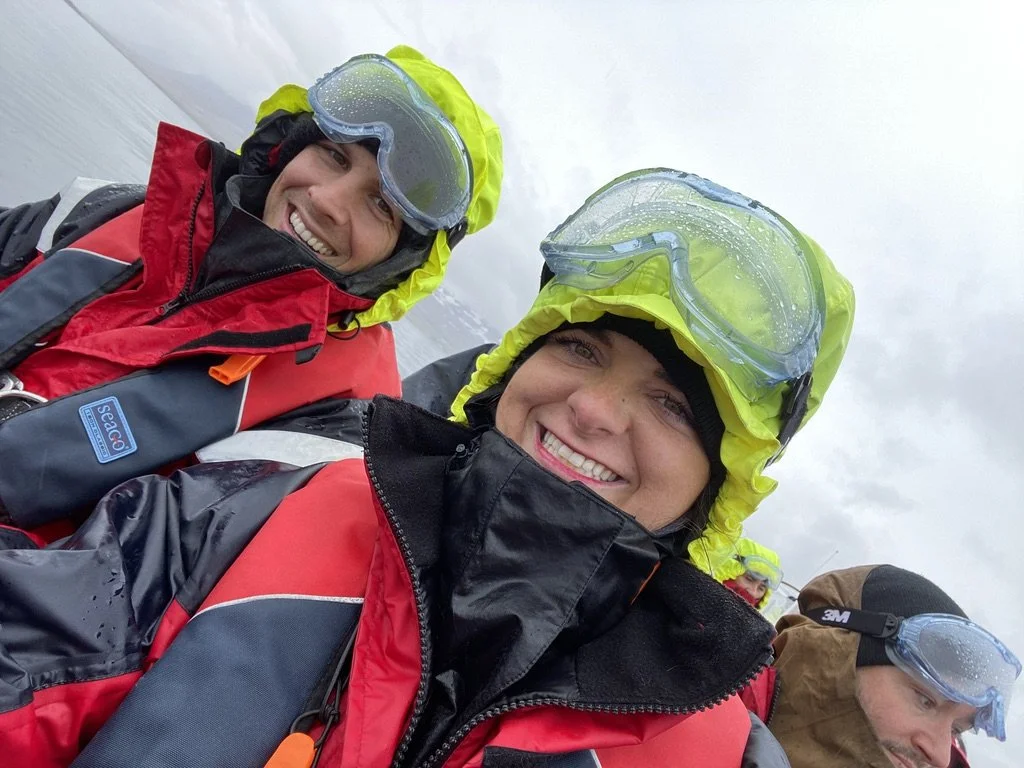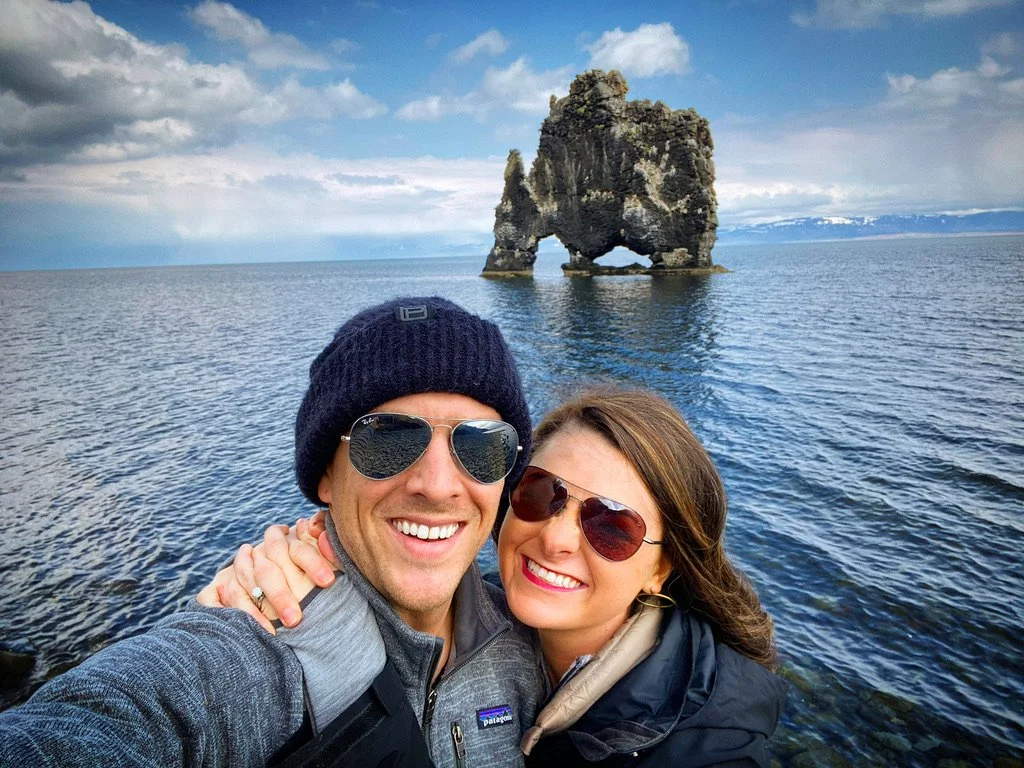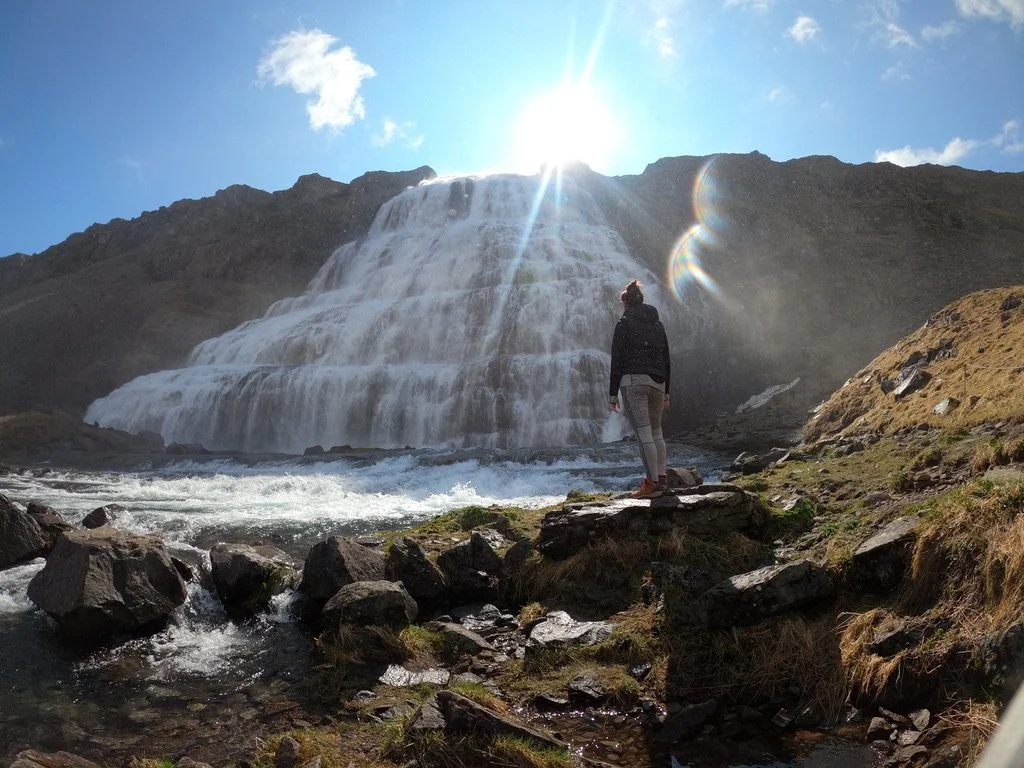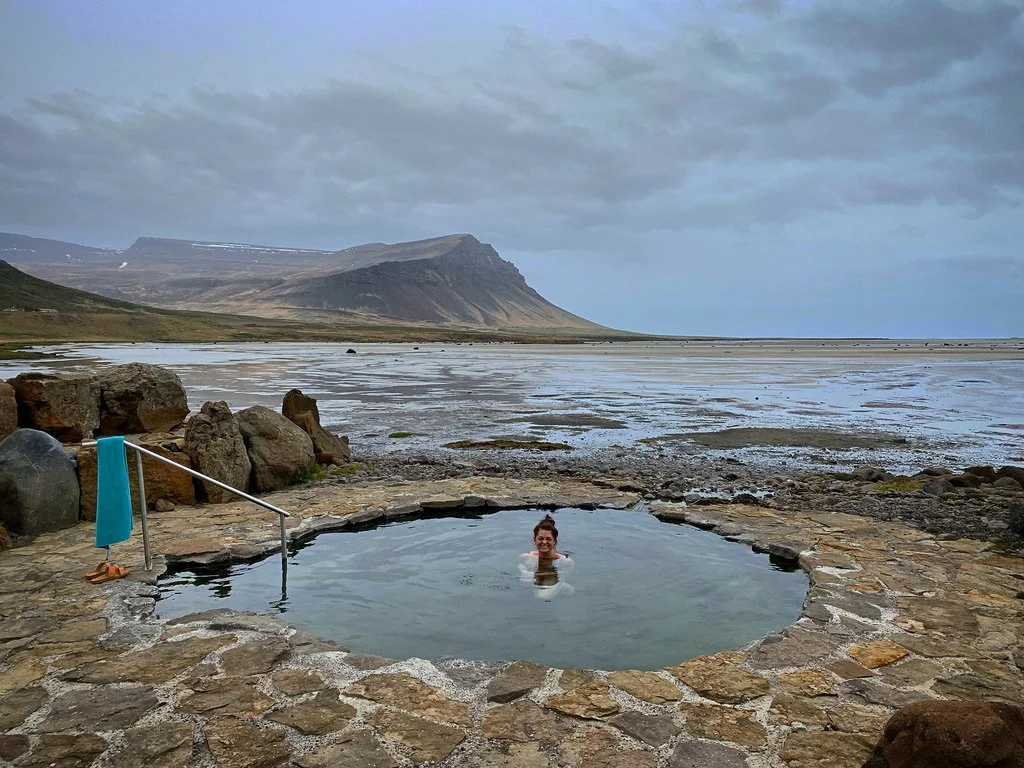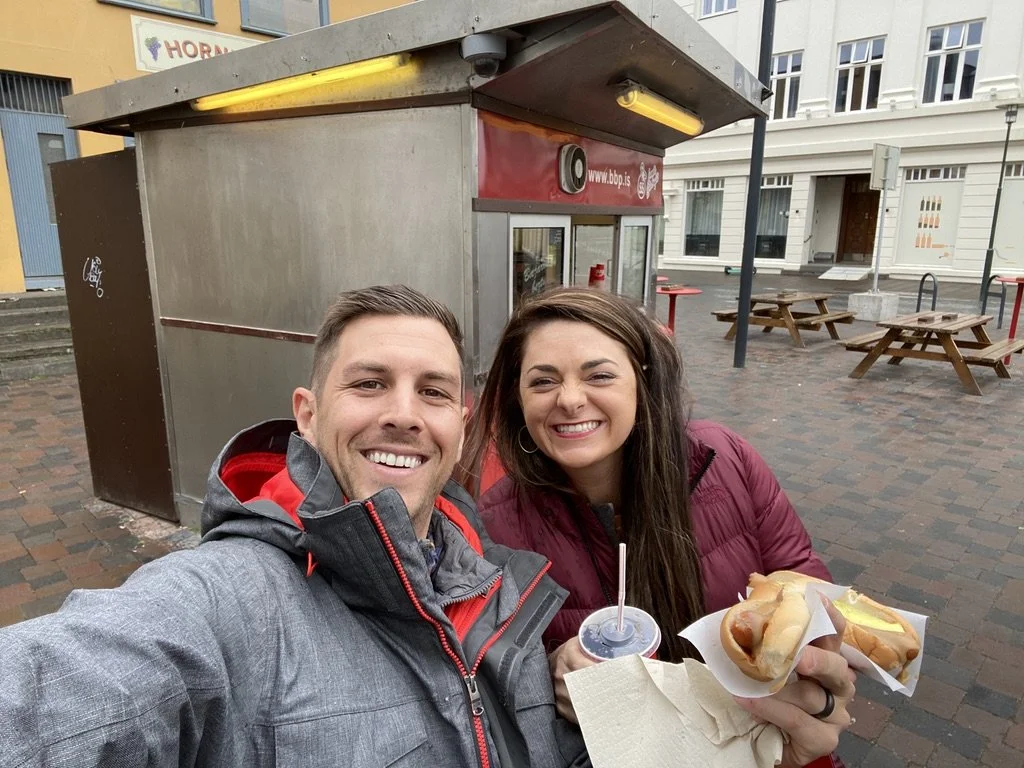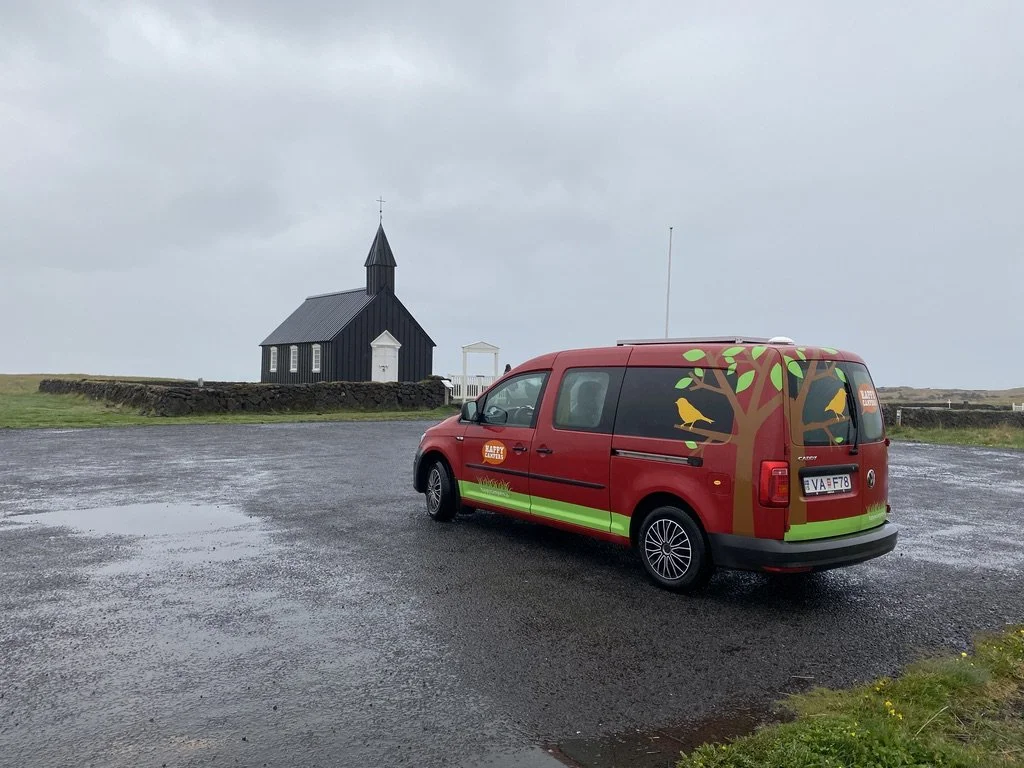The Ultimate Iceland Ring Road Itinerary: 9 Days in a Campervan Adventure
This post may contain affiliate links. If you purchase something through that link, I will make a small commission at no additional cost to you. Thanks for your continued support!
Iceland is a land of striking contrasts, where volcanoes, glaciers, black sand beaches, and thundering waterfalls share the same landscape. Known as the Land of Fire and Ice, this country offers some of the most diverse and dramatic scenery in the world.
For us, this trip was years in the making. Originally planned for Spring Break 2020, our dream Iceland Ring Road trip was delayed by the COVID-19 pandemic. After more than a year of anticipation, we finally made it happen in 2021, opting for the ultimate way to experience Iceland: a 9-day overland campervan road trip around the legendary Ring Road.
With our campervan as our home on wheels, we could explore at our own pace, chase the ever-changing weather, and stop at hidden gems along the way. Whether you’re planning your first Iceland trip or returning for round two, this itinerary will give you a detailed, day-by-day guide to exploring Iceland’s most spectacular sights.
Why Choose a Campervan for Your Iceland Ring Road Trip?
Driving the Ring Road in a campervan offers freedom, flexibility, and a front-row seat to Iceland’s landscapes. You can camp beside waterfalls, wake up to glacier views, and chase the northern lights without being tied to hotel reservations. Plus, Iceland is incredibly campervan-friendly, with plenty of campsites, well-maintained roads, and endless scenic pull-offs.
9-Day Iceland Ring Road Itinerary
Day 1: Reykjavik → Skogafoss
Highlights: Active volcano eruption, Seljalandsfoss, Gljúfrabúi
After landing in Reykjavik, we picked up our campervan and headed straight to The Bridge Between Continents, where you can literally walk from the North American tectonic plate to the Eurasian plate. Our plans to visit the Westman Islands were derailed by rough weather, but it led to an unforgettable surprise: witnessing the Fagradalsfjall volcano eruption.
We hiked to the site and sat in awe as lava burst into the air every 10–15 minutes. It felt like we were watching the earth breathe fire.
From there, we visited two must-see waterfalls: Seljalandsfoss, where you can walk behind the curtain of water, and the hidden gem Gljúfrabúi, tucked just around the corner. We ended our first night camped at the base of Skogafoss.
Drive Time: 3.5 hours
Day 2: Skogafoss → Stokksnes
Highlights: Reynisfjara Beach, Svartifoss, Jökulsárlón Glacier Lagoon
Waking to the roar of Skogafoss was surreal. We set off for the Dyrhólaey Peninsula and Reynisfjara Beach, famous for its basalt columns and black sand. Rain chased us onward to the mossy Eldhraun Lava Fields and the dramatic Fjaðrárgljúfur Canyon.
Our hike to Svartifoss Waterfall, framed by hexagonal basalt columns, was one of the day’s highlights. In the afternoon, we visited Jökulsárlón Glacier Lagoon and Diamond Beach, where icebergs sparkle against black sand. We ended with dinner at Pakkhus in Höfn before settling in for the night.
Drive Time: 5.5 hours
Day 3: Stokksnes → Mývatn
Highlights: Vestrahorn, Hengifoss, Mývatn Nature Baths
We began at the photogenic Vestrahorn Mountain and the nearby abandoned Viking Village film set. Snow kept us from reaching Studlagil Canyon, but we made it to Hengifoss Waterfall before a long drive to Mývatn Nature Baths, where we soaked under the midnight sun.
Drive Time: 7 hours
Day 4: Mývatn → Hofsós
Highlights: Godafoss, whale watching in Akureyri
The Mývatn area is packed with geothermal wonders like Grjótagjá Cave, Hverir, and Krafla Caldera, as well as the Dimmuborgir Lava Fields. We visited Godafoss Waterfall before heading to Akureyri for a rib boat whale watching tour. Bundled in waterproof suits, we bounced through rain and sea spray to see humpback whales up close.
That night, we tried Iceland’s infamous fermented shark at Baccalá Bar and soaked in a nearby natural hot spring before camping in Hofsós.
Drive Time: 4 hours
Day 5: Hofsós → Flókalundur (Westfjords)
Highlights: Hofsós Pool, Hvitserkur rock formation, Hellulaug Hot Spring
We started with a swim in the stunning Hofsós Pool, perched above the sea, then visited Grafarkirkja, Iceland’s oldest turf church. Despite not having a 4x4, we made it to Hvitserkur, a basalt sea stack shaped like a dragon drinking water. We ended the day at Hellulaug Hot Spring, a hidden gem right on the shoreline.
Drive Time: 6.5 hours
Day 6: Flókalundur → Stykkishólmur
Highlights: Dynjandi Waterfall, Latrabjarg Cliffs, ferry ride
Today’s route through the Westfjords was remote and rugged. The Dynjandi Waterfall stole the show, cascading like a bridal veil down the cliffs. At the Latrabjarg Cliffs, we scanned for puffins, then caught the ferry to Stykkishólmur for a change of pace.
Drive Time: 6 hours + 2.5-hour ferry
Day 7: Stykkishólmur → Thingvellir
Highlights: Kirkjufellsfoss, Budakirkja Black Church, Londrangar Cliffs
The Snæfellsnes Peninsula was packed with beauty from Kirkjufellsfoss, the Budakirkja Black Church, Londrangar Basalt Cliffs, and the seal colony at Ytri Tunga Beach. We also stopped at Thorufoss Waterfall before arriving in Thingvellir National Park to explore its volcanic rifts and the stunning Öxarárfoss Waterfall.
Drive Time: 4.5 hours
Day 8: Thingvellir → Skogar
Highlights: Snorkeling Silfra, Golden Circle
We started the day snorkeling in the Silfra Fissure, floating between the North American and Eurasian tectonic plates in crystal-clear glacier meltwater. Then we self-explored the Golden Circle, stopping at Geysir Geothermal Area and Gullfoss Waterfall before driving to Skogar for the night.
Drive Time: 3.5 hours
Day 9: Skogar → Reykjavik
Highlights: Kvernufoss, Kerid Crater, Reykjavik city sights
We had a Flytographer photoshoot at Kvernufoss, a lesser-known waterfall you can walk behind, then stopped at Kerid Crater before exploring Reykjavik. We saw the Sun Voyager, grabbed famous hot dogs from Baejarins Beztu Pylsur, and ended at the Blue Lagoon (just to see it!) before heading to the airport.
Drive Time: 2.5 hours
Iceland Ring Road Travel Tips
Best time to visit: Summer (June–August) for long daylight hours and milder weather, or winter (November–March) for northern lights.
Vehicle choice: Rent a 4x4 campervan if you plan to explore highland or gravel roads.
Packing essentials: Layered clothing, waterproof gear, hiking boots, and a swimsuit for hot springs.
Budgeting: Food and fuel are expensive—consider grocery shopping and cooking in your campervan.
From volcanoes and glaciers to waterfalls and black sand beaches, this 9-day Iceland Ring Road itinerary offers the best of the country’s natural wonders. Traveling by campervan allowed us to slow down, explore hidden corners, and wake up to views that most travelers only dream of.
Whether you’re chasing bucket list sights or searching for off-the-beaten-path adventures, Iceland will leave you with stories (and photos!) that last a lifetime.

